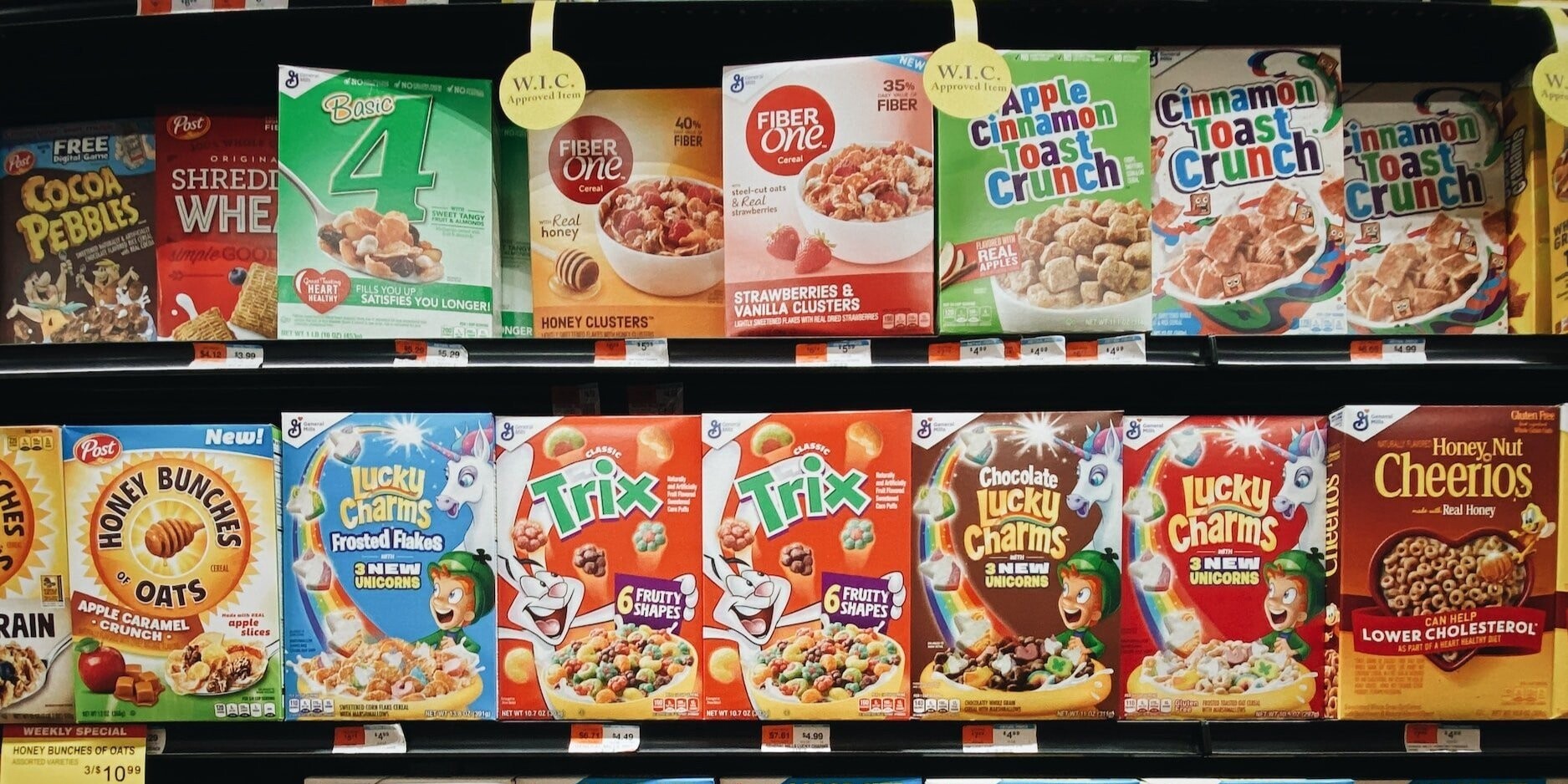NIH Teams Up with Food Companies to Banish Harmful Synthetic Food Dyes from American Grocery Shelves

The National Institutes of Health (NIH) is taking a proactive stance against synthetic food dyes, collaborating with major food brands to phase out six harmful color additives from their products. This initiative, spearheaded by the Food and Drug Administration (FDA), aims to eliminate dyes like Red 40, Yellow 5, Blue 1, Blue 2, Citrus Red 2, and Orange B by the end of 2026. Studies have linked these artificial dyes to various health concerns in children, including hyperactivity, mood disorders, and even serious conditions like diabetes and cancer.
FDA’s Ambitious Timeline
The FDA has set a clear deadline, mandating the removal of these synthetic dyes from food products. Additionally, they will push for the elimination of Red 3, with a target date a year earlier than a previous order issued during the Biden Administration. This marks a significant step towards improving food safety and protecting public health.
Addressing America’s Health Crisis
Under the guidance of NIH Secretary Robert Kennedy Jr., the focus on synthetic food dyes is part of a broader initiative launched during the Trump administration to combat the rising rates of obesity and chronic diseases in the U.S. Consumer safety advocates have long championed the removal of these dyes, advocating that this change could greatly benefit the health of American children.
Natural Alternatives to Synthetic Dyes
In contrast to the U.S., many European countries have successfully transitioned to using natural colorants such as turmeric for yellow, spirulina for blue and green, and carotenoids for orange and red. These natural alternatives not only provide vibrant colors but also offer nutritional benefits. For example, turmeric is renowned for its health properties, while spirulina is high in iron and has been extensively studied for its dietary benefits.
- Synthetic Dyes: Provide no nutritional value.
- Natural Dyes: Enhance food’s color while contributing health benefits.
The Case Against Synthetic Dyes
Many popular processed foods, like Kellogg’s Froot Loops, contain several of these synthetic dyes to enhance visual appeal, often at the cost of nutritional value. The FDA is now poised to approve natural dye substitutes, including a unique blue and purple dye derived from the butterfly pea flower, a plant used in traditional herbal teas across Asia.
Broader Implications for Children’s Health
It’s important to note that these synthetic dyes are not just limited to food. They can also be found in children’s medicines, such as multivitamins, toothpaste, and cough syrups, raising further health concerns.
A Positive Shift in Food Safety
This initiative represents a significant move towards ensuring safer food products for children. As the FDA and NIH continue to collaborate, consumers can look forward to a healthier food supply free from harmful synthetic additives.
Share your thoughts on this crucial step towards safeguarding our children’s health from harmful chemicals!
